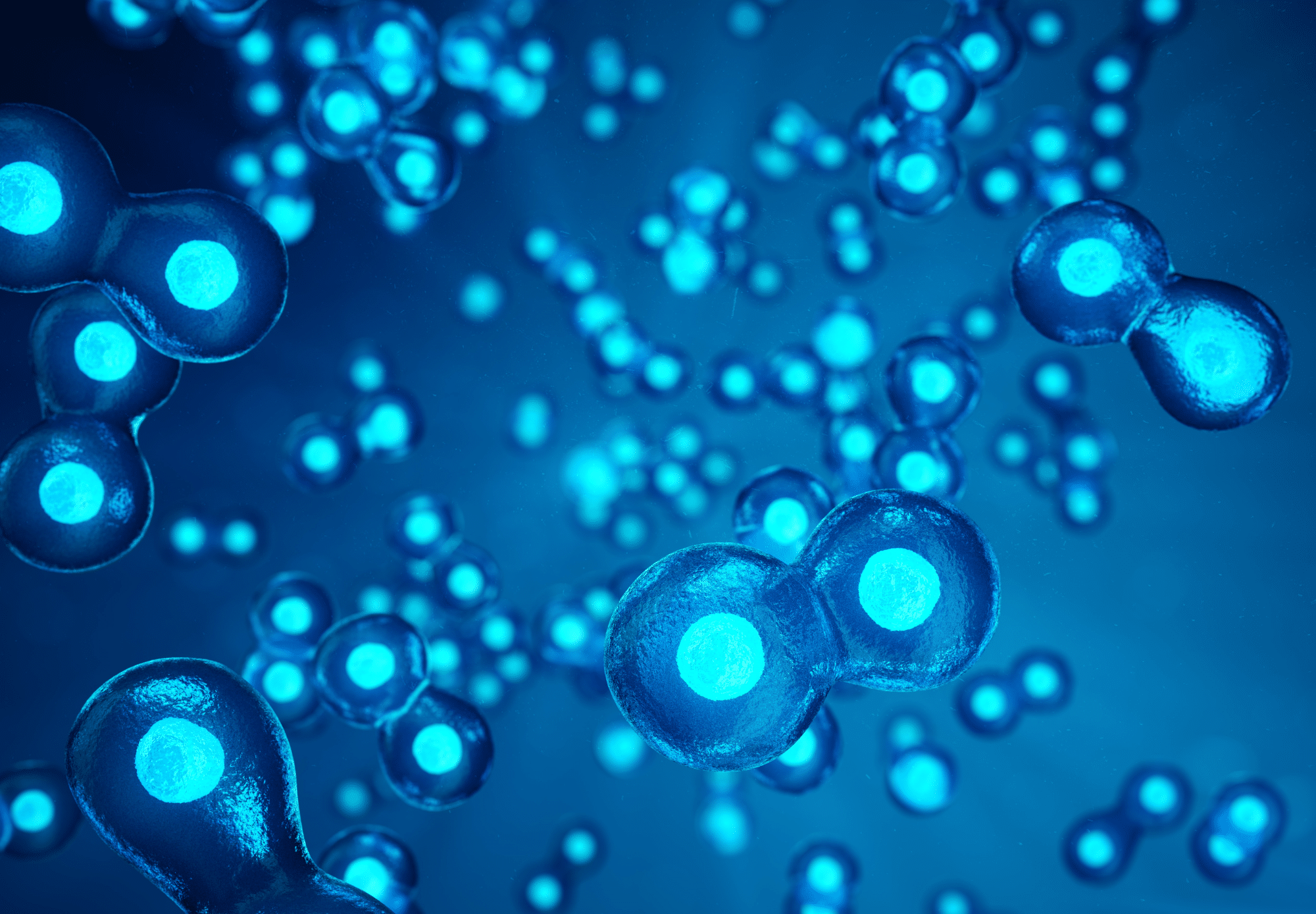Stem Cell Therapy
Stem cell therapy has skyrocketed in popularity for its efficacy in pain-relief, along with being minimally invasive. It is a great option for those who are looking to avoid surgery or other painful procedures that may be required to treat their conditions. This medical treatment has a wide range of health benefits along with conditions it can treat.
There are many types of stem cells available today and each one has its own unique benefits. The most popular type of stem cells used today are the mesenchymal stem cells (MSCs). MSCs are multi-potent stem cells.
Where do stem cells come from?
Your body contains specialized stem cells that can develop into different types of cells, as needed. Stem cells may decrease inflammation or help minimize your pain levels when injected into an injured area. Stem Cell Therapy can come from bone marrow, tissues, organs, and Embryos. There are many different types of stem cells that can be used for a variety of purposes, depending on the specific treatment of the patient.
Uses of stem cell therapy
With the unique ability to transform into various types of cells, it is believed that stem cell therapy is useful for the treatment and understanding of diseases. Different types of stem cells can be used to:
- replace damaged organ tissue with lab grown cells
- correct parts of organs that don’t work properly
- heal dysfunction in organs
- research genetic defects and its causes
- research disease and development of cancer
- test emerging medication for safety and efficacy
Treatments
Popular uses for stem cell treatment include:
- Traumatic spinal cord injury
- Stroke
- Severe burns
- Rheumatoid arthritis
- Heart disease
- Hearing loss
- Retinal disease
- Huntington’s disease
- Parkinson’s disease
Types of stem cells
Embryonic stem cells
Embryonic stem cells are derived from young human embryos, three to five days old. During in-vitro fertilization, they are harvested. In order to do this, an embryo must be fertilized within a lab setting. These are known as pluripotent cells, which can be used to regenerate any cell in the body.
Non-embryonic (adult) stem cells
Adult stem cells are derived from already developed organs and tissue and can heal damaged tissue from the same area they are harvested from.
Hematopoietic stem cell transplants (also called bone marrow transplants) have been performed by doctors for decades to treat certain kinds of cancer.
Unlike embryonic stem cells, adult stem cells aren’t as versatile and don’t have the ability to differentiate into as many types of cells.

Induced pluripotent stem cells (iPSCs)
With recent discoveries through clinical trials with human stem cells, emerging technology has made it possible to turn adult stem cells into pluripotent stem cells, referred to as induced pluripotent stem cells (iPSCs). With the ability to transform into any specialized cell in the body, they can stimulate cell growth for organs and tissue. This process requires scientists to genetically modify adult stem cells to emulate embryonic stem cells.
This discovery is a breakthrough in medicine. De-differentiating stem cells makes them useful in researching the development in disease. The goal is to source skin cells to be used to treat disease and prevent organ transplant rejection from immune response. Although new, medical advancements are being made every day in finding ways to safely produce iPSCs.
Cord blood stem cells and amniotic fluid stem cells
Taken from the umbilical cord, these cells are frozen in banks for future use. Their efficacy has been noted in treating blood cancers and genetic blood disorders in children.
Amniotic fluid has also been found to contain stem cells. Currently, there is more research needed to understand the safety and efficacy of amniotic fluid stem cells.
Are Stem Cell Therapy Treatments Painful?
Local anesthetic is applied for patient comfort, however there is often still discomfort, especially when harvesting stem cells from bone marrow. Patients will feel pressure in the treatment area and experience soreness and swelling directly after.
Harvested stem cells are administered via injections directly into the damaged tissue.
How Long Does It Take for Stem Cell Therapy to Work?
Like other regenerative treatments, stem cell therapy delivers continual improvement and support to your body when building and repairing damaged tissue. Pain and swelling are common after treatment, however, after these side effects subside there will be noticeable improvements continuing for six to eight weeks.
